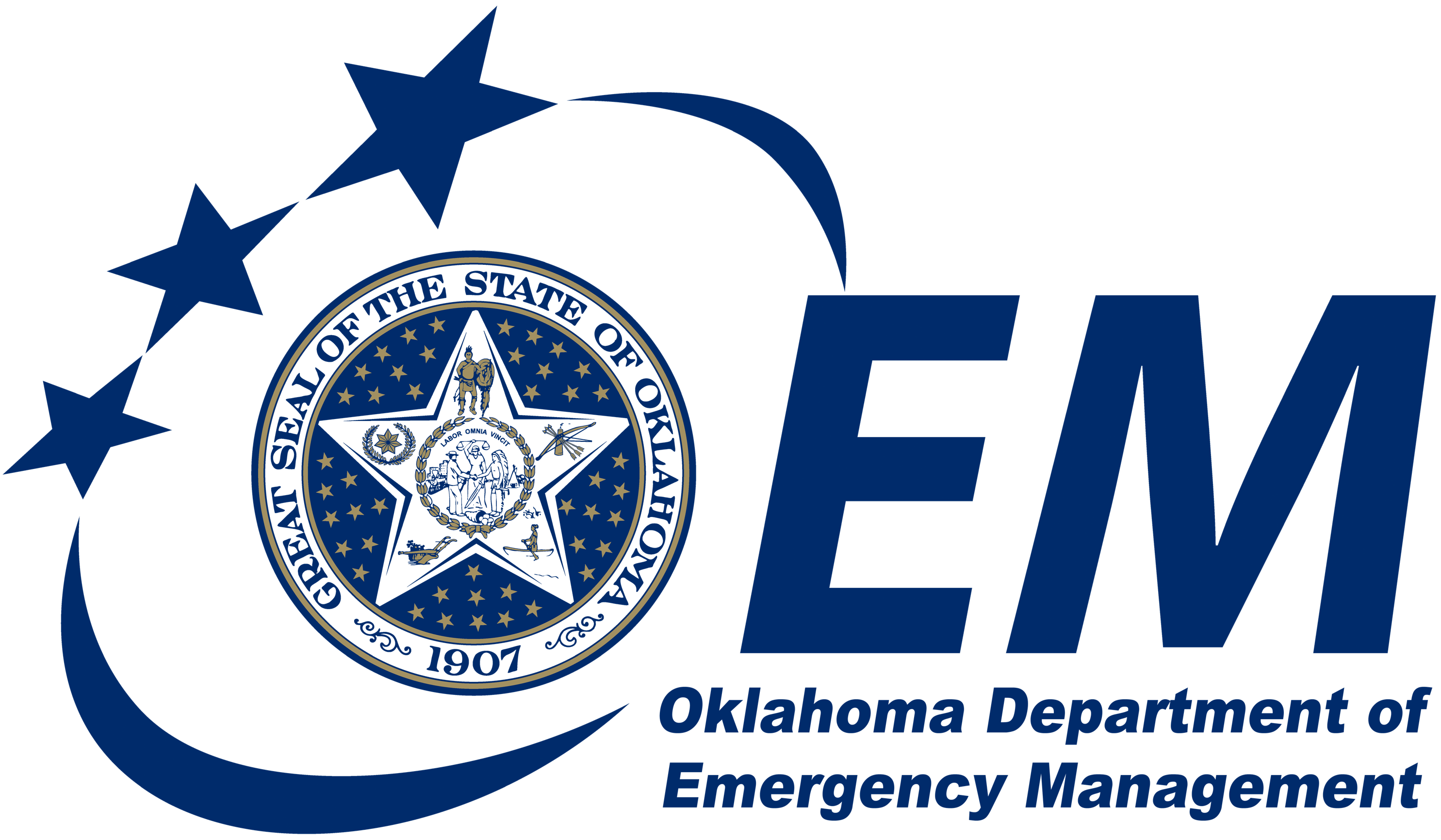Earthquake Safety
Although most of the hundreds of earthquakes Oklahoma experiences monthly aren't likely to leave you shaking in your boots, our state did see quite a few higher-magnitude earthquakes in the 2010s. Our largest to date had an epicenter near Pawnee, Oklahoma, on Sept. 3, 2016, and measured magnitude 5.8. Nearly 50,000 people across Oklahoma and in Kansas, Missouri, Arkansas and Texas reported that they felt it. You can report a felt earthquake, too, to the U.S. Geological Survey at USGS Did You Feel It? and to the Oklahoma Geological Survey here.
OGS maintains 93 seismic monitoring stations across the state. Find a station near you and view recent quakes on this map.
We don't know when the next large earthquake will strike. Be prepared by knowing and practicing the following precautions:
Before an earthquake
- Assemble an emergency preparedness kit for home and your vehicle.
- Have a family emergency plan and identify a safe place to take cover, such as under a sturdy table or desk.
- Teach your family how to “Drop, Cover and Hold” during an earthquake.
- Check for hazards inside or outside your home or office. Heavy objects and falling hazards such as bookcases, hanging picture frames and other items can be dangerous if they are unstable and not anchored securely to a wall or the floor.
- Know emergency telephone numbers.
- Contact your insurance agent to review existing policies and to inquire about earthquake insurance
- Sign up for Earthquake Notifications on the USGS site as well as learn about other products and services they offer.
During an earthquake
- “Drop, Cover and Hold” - DROP to the floor; take COVER under a sturdy table or other piece of furniture. If there isn’t a table or desk near you, seek cover against an interior wall and protect your head and neck with your arms. HOLD ON until the shaking stops.
- Stay away from glass or bookshelves, mirrors or other items that could fall.
- If outside: stand in an open area away from underpasses and overpasses, buildings, trees, telephone, and electrical lines.
- If on the road: drive away from underpasses and overpasses; stop in a safe area; stay in your vehicle.
After an earthquake
- Check for injuries and provide first aid if necessary.
- Do a safety check: check for gas, water, downed power lines and shortages. Turn off appropriate utilities, if you shut off the main gas valve do not turn it back on yourself. Wait for the gas company to check for leaks and make repairs.
- Turn on the radio and listen for instructions on safety or recovery actions.
- Use the telephone for emergencies only.
- When safe follow your family emergency plan.
- Be cautious when opening cabinets.
- Stay away from damaged areas.
- Be prepared for aftershocks.
- If you are able to, log onto the USGS site and fill out a “Did you feel it?” form.
More information on individual, family and community preparedness try these websites:
- USGS Earthquake Frequently Asked Questions
- American Red Cross Information on Earthquake Safety & Preparedness
- Central U. S. Earthquake Consortium Safety Information
- The Weather Channel Earthquake Safety
- Federal Emergency Management Agency (FEMA)
- Oklahoma Geological Survey
- Earthquake County Alliance Drop, Cover and Hold On


